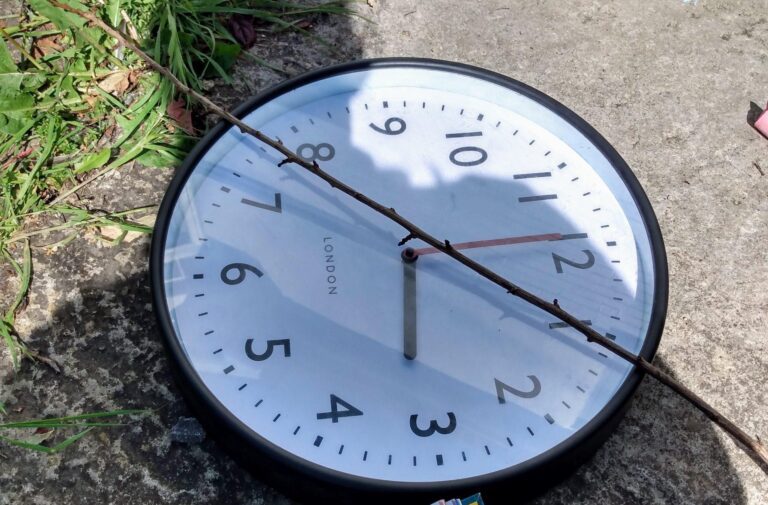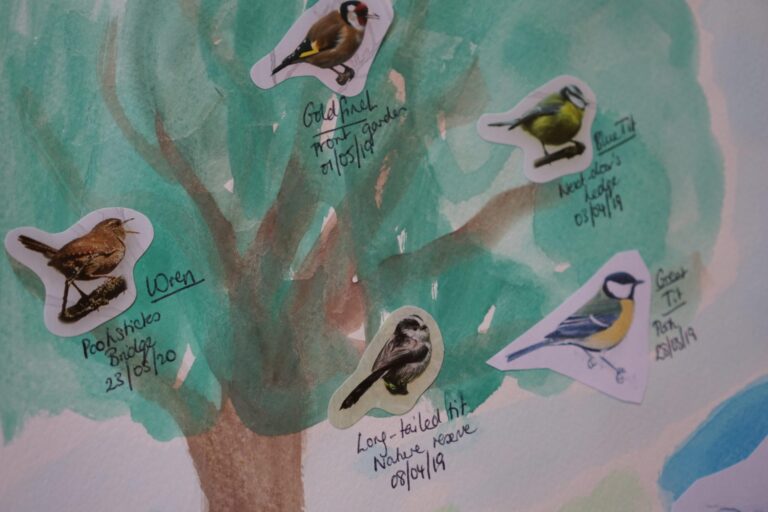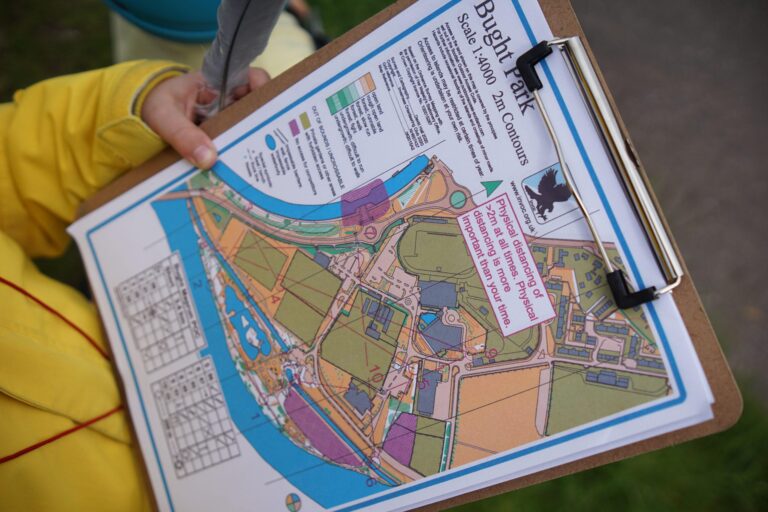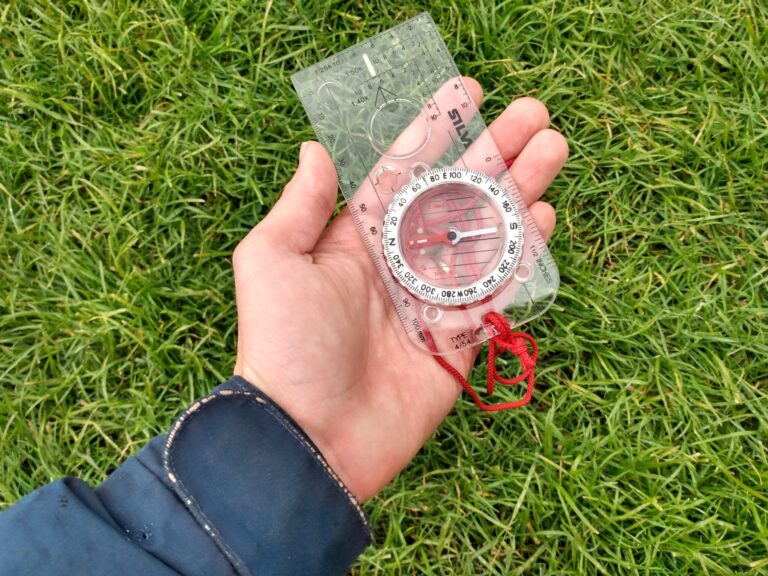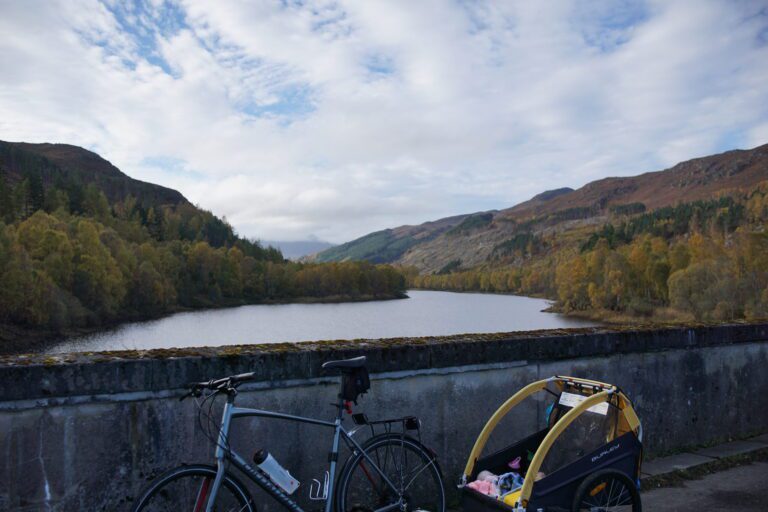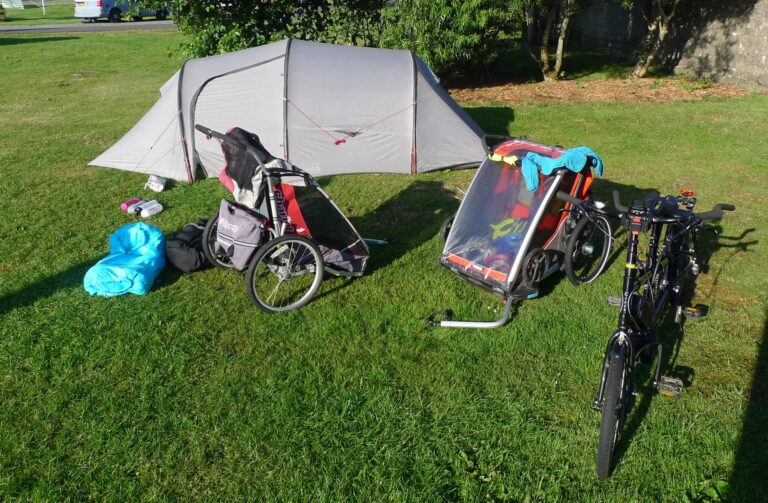Bike Touring with Babies and Toddlers

This post contains affiliate links. As an Amazon Associate I earn from qualifying purchases.
Planning your first cycling tour with your child can be daunting. There are so many questions…how will we carry them? Where will they sleep? What will they do all day? Is it safe? In this article I’ve tried to answer all the questions that I had when we took our first baby on a cycling holiday, and share the experience and confidence we’ve gained along the way. You can cycle tour with your baby or toddler, and you can all have a great time!
- Baby on tour: How will we carry them?
- Is it safe?
- Bedtime! Getting small children to sleep on tour
- Feeding your baby or toddler on a cycle tour
- Keeping (fairly) clean! Washing your toddler on tour
- Clothes for babies and toddlers on tour
- How to entertain them
Baby on tour: How will we carry them?
Trailers
The most common transport solution for small children on a cycling tour is a bike trailer. A trailer will keep your child warm and dry in bad weather, and protect them from the sun in hot weather. It has space for toys, books and snacks that they can access themselves. If you choose well, it should also be a comfortable place to nap. We’ve used a Thule Chariot Cross trailer on our two most recent tours, and have been very happy with it.
When we were choosing a new trailer for touring, these are some of the key features we were looking for:
- Waterproof: Keeping our small children warm and dry was a top priority for us. Try to find a trailer with a sturdy bottom and a close fitting rain cover (there is some compromise with ventilation here). Our old trailer had some rips and holes in it, and significant amounts of road spray were finding their way up under the children’s seats.
- Comfortable: It is common for children’s heads to slump forwards when they fall asleep in a trailer. As children nap in the trailer every day on tour, we wanted to find a trailer with a good recline feature to give our toddlers a comfortable nap.
- Sunshade: This is more important on tour. It is actually quite difficult to arrange a sunshade across a trailer so that the passenger is protected from the sun, but they can still see out.
The Thule Chariot Cross ticked all these boxes for us. We’ve written a full review of the Thule Chariot Cross if you would like some further detail.

Bike seats and other options
For toddlers, you may also want to consider a child seat on the back of your bike. For most tours, I would suggest this in addition to a trailer, rather than a substitute. If you encounter poor weather, it will be much more pleasant for your child to have a spell in the trailer where it’s cosy and dry. However, in nice weather, some children really enjoy being up high with a better view of the surrounding scenery.
One other option for preschoolers is a WeeHoo trailer, where they can sit comfortably but still get involved in the pedalling. WeeHoo trailers are not as well protected from the weather as a normal trailer, but they do have sunshades and rain cover accessories. This could be a great choice for slightly older children who want to get some exercise.
For babies and younger toddlers, I would really recommend bringing a baby carrier on tour. Choose a lightweight fabric option, and store it in a drybag to protect it from damp and mould. Many trailers do convert into strollers/buggies, but they are large and unwieldy. A carrier will be much easier if you want to explore a local historic site, or head out from the campsite to dinner in a small restaurant.
Is it safe?
This was a big question for me when we first started cycling with a baby. Broadly speaking, American websites will tell you that it isn’t safe, and European websites will tell you that it is! This perhaps tells us more about cycling culture in the two continents than it does about infant safety on a bicycle.
The main concern around babies on bikes is around road vibrations, and their possible impact on the developing infant brain. There are also concerns about jarring babies who haven’t yet developed strong neck control. I am not aware of any studies into the impact of cycling on infant brain development. This is an area where each family will need to make sensible decisions based on their own cycling environment and risk tolerance.
We have chosen to cycle with our babies from the time that they have good control of their neck muscles. We do take quite a few precautions to keep them safe. At first, we use the infant sling accessory in a bike trailer, so that they are well cushioned from road vibrations. (NB: The infant sling is not recommend for cycling by Thule). We choose quiet, smooth routes, taking advantage of off-road options as much as possible. We stop often to check that baby is happy, and we only travel for short distances when they are young.
Clearly for any on-road cycling there is always some level of collision risk for everybody involved. We all need to weigh up the risks of our particular road-traffic situation to decide whether it is sensible to cycle. When I am cycling with small children, I am prepared to take significant detours to find a safer and quieter route. We wear lots of high-visibility fabric on ourselves and on our bikes. We also cycle assertively (e.g. taking the middle of the carriageway if it is not safe for a car to pass).
For older babies and toddlers we have used the Giro Scamp helmet, which works well in a bike trailer because the back of the helmet is reasonably flat. This means that children are able to rest their heads back comfortably. Make sure to do a thorough assessment of your child in the trailer with the helmet on to see if they are old enough to wear one.

Bedtime! Getting small children to sleep on tour.
Making sure that everyone has a good night’s sleep is often a major concern for parents planning a cycling holiday with children. You may need to make some changes from your home routine! We find that the first evening in the tent is always a little rough, as everyone adjusts to the excitement and new environment. Expect that bedtime will be later than usual! Your child will catch up by napping the next day.

What sleeping gear will your baby or toddler need? My top priority is always creating a safe sleeping environment for them. For this reason, I would suggest using a firm and flat sleeping pad as insulation from the ground. Either a closed cell foam mat or a self-inflating mat should work well. Older toddlers could use a ridged inflatable pad (see photograph above). Young children often move around a lot in their sleep, so you may find that they move off the pad during the night.
Baby camping sleeping bags can be hard to get right, as the temperature can drop a lot in the night. I’ve written a separate post about choosing a baby camping sleeping bag for different budgets and climates.
If the weather is likely to be hot I also take a 1 tog sleeping bag for warm nights.
Remember to take a favourite comfort toy to help your child settle in their new surroundings.
Feeding your baby or toddler on a cycle tour
If you are planning to use a camping stove, it is important to think about how you will keep your child safe whilst you are cooking. Camping stoves are not the most stable things, and an accident can happen very quickly. Even very young children can be taught that the stove is HOT! We use an old tarp to sit on whilst cooking, and our children know that they are not to go around to the other side of the tarp where the stove is. This keeps the children and the stove neatly away from each other. The exception is if an older child is helping with the cooking under supervision.
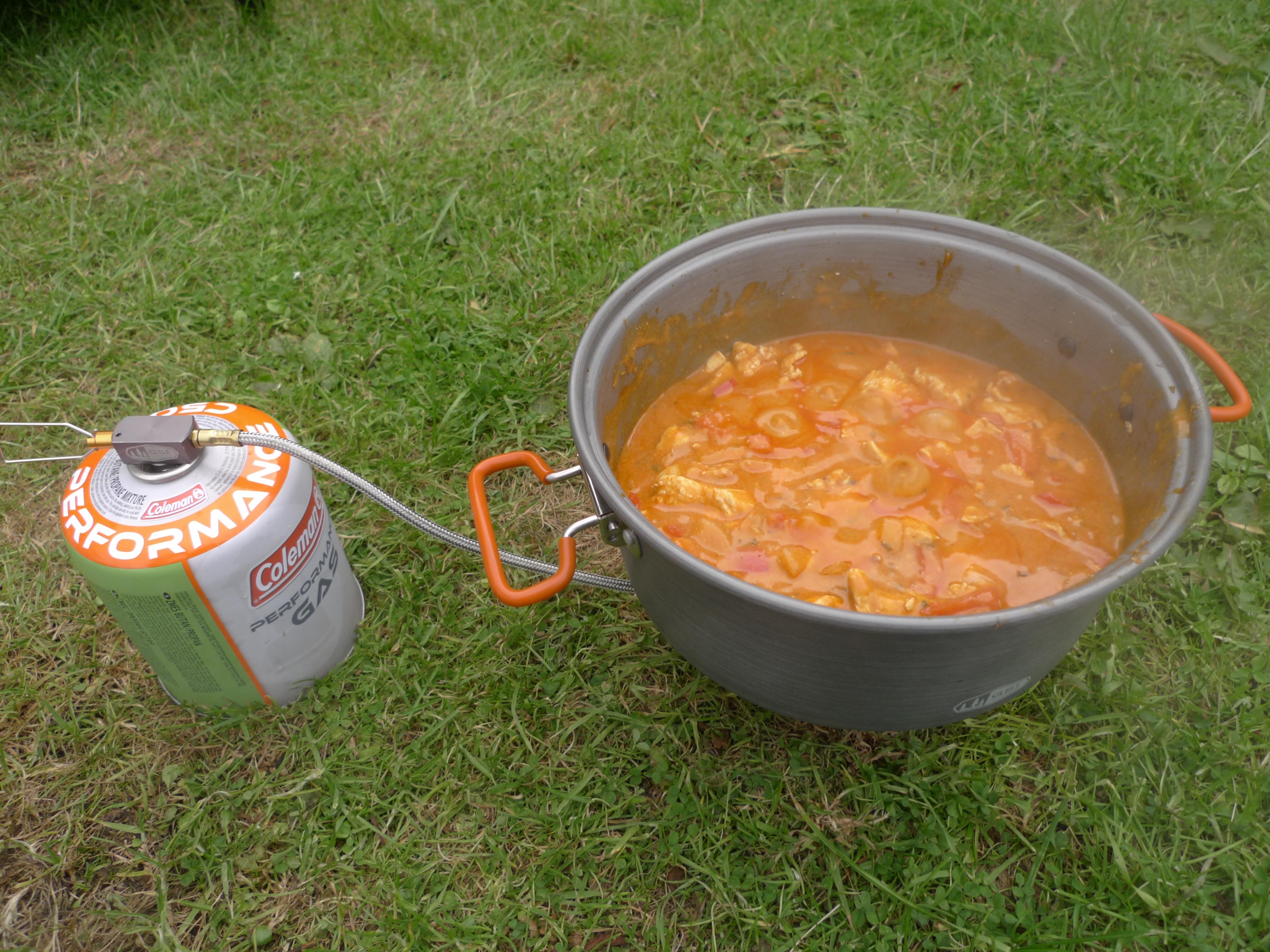
Dinner time can be a very messy affair without a table and chairs! I like to take a couple of bibs with me to try and make the kids’ clothes last longer.
Milk
Breastfeeding: This should hopefully just carry on as normal!
Formula: There are a few different strategies for formula feeding whilst camping, depending on how many bottles your baby is drinking per day. We have bike toured with a baby who was having one bottle a day, and we found it easiest to take pre-made cartons of our usual formula. This would be too heavy for a longer tour/more bottles, where you might need to take powdered milk and make up bottles on a camping stove. If you need to sterilise bottles, you could use a collapsible camping basin and Milton tablets. If you are touring in a different country, remember that you may not be able to get hold of your usual formula brand.
Cow’s milk: In the summer time it is hard to keep milk cool enough whilst camping. You might need to change the times of day at which your child has milk to fit it around access to grocery shops. I usually take a small insulated cool bag and offer plenty of cheese and yoghurt to compensate for fewer milk drinks.
Keeping (fairly) clean! Washing your toddler on tour
Washing small children on a camping holiday can actually be quite stressful, depending on the weather. Campsite shower blocks are often chilly places, and many small children do not like showers in the first place. Let alone a shower in a draughty mouldy concrete room!
I try to pick a few campsites with covered swimming pools, or head to a public swimming pool. There are often showers at the poolside and this can be a much warmer option for washing your child and dressing them afterwards.
If that isn’t possible, and it’s very cold, I tend to just do a quick sponge bath. I also take large size travel towels so that I can really wrap my children up and keep them cosy after they wash.
Laundry
Remember to take a small pot of laundry powder with you, and some coins, so that you can run some loads of laundry during your trip. Children spending all day outdoors can get very mucky very quickly!
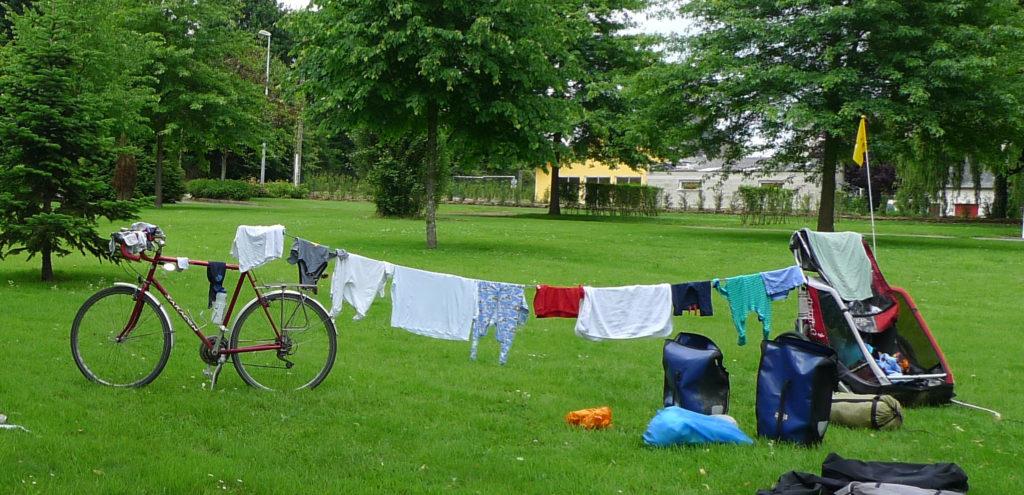
If the weather is good, you can hang laundry to dry on bungee cords (see picture above), and even off the back of your bicycle. In wet weather, make sure that a tumble drier is available, or you could be stuck with lots of damp clothes and no way to dry them.
Nappies and potties
I have always taken disposable nappies on our bike tours, for simplicity. It is usually pretty easy to buy more along the way. I try to have several packets of wipes on hand, as they are useful for all sorts of cleaning up jobs.
I also carry a potty in the back of the bike trailer. This is mostly for children’s night-time toilet trips whilst camping. I prefer not to take small children to the toilet block in the middle of the night, so we just put a nappy in the bottom of the potty for absorbency and keep it in our large tent porch. In the morning I can then dispose of the waste appropriately. We don’t need to use it often, but it is useful when we do! The Potette Plus is perfect for this purpose, and folds down very small.
Clothes for babies and toddlers on tour
Cotton clothes (and most baby clothes are cotton!) are not ideal for a camping holiday, at least not in wet conditions. They get damp easily, and hold the dampness. I have found it helpful to take a couple of fleece layers, both sweaters and fleece trousers. Fleece trousers make excellent cosy pyjama bottoms when camping, and fleece washes and dries easily.
Other important items are sunhats, warm beanie hats, and decent waterproofs. I take a full waterproof set for all my children…I think the weight is worth it for the peace of mind knowing that they are warm and dry! A packaway all-in-one waterproof suit is excellent for crawling babies on dewy grass. Older toddlers may prefer a jacket and dungaree set.
How to entertain them
Most babies and toddlers will really enjoy watching the world go by from the bike trailer, as long as they are not cooped up for too long. We try to break up the day with some fun activities like a playground or beach trip. It helps if you can time longer periods of cycling for when your child is likely to be napping.
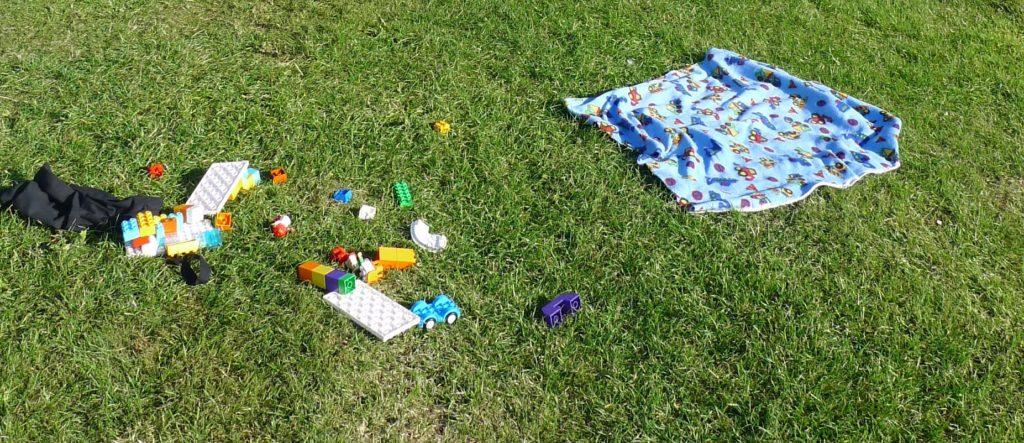
We also take a few small toys with us to entertain children in the tent, especially if it is a rainy afternoon. We’ve found that babies and younger toddlers are very happy to play with anything they can find, especially bike helmets and saucepan sets! Older toddlers may value a few toys from home, such as a favourite teddy, a pencil and paper, or a small amount of Duplo or matchbox cars. I also bring a couple of small story books – either board books or something from a charity shop that I don’t mind throwing away if necessary.
Think about how you will keep your child busy whilst you are setting up camp in the afternoons. For example, you might have one adult pitching the tent whilst the other plays with your baby. Crawling babies and young toddlers will need close supervision on a campsite, as they can be very exciting places!
Remember that this is your children’s holiday as well! A little bit of planning can go a long way in helping them to have a good time.
You may also be interested in this post on Bike Touring with Children for more helpful tips and ideas for touring as a family.

